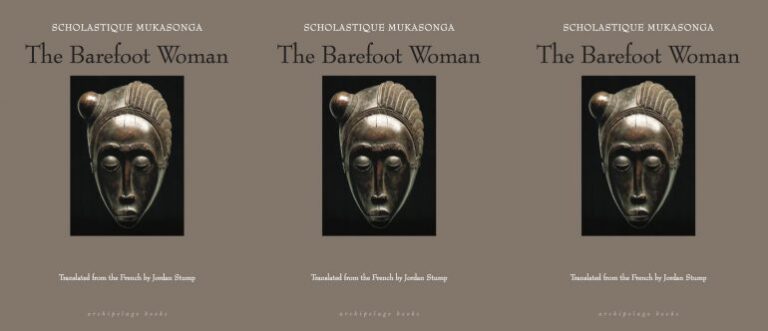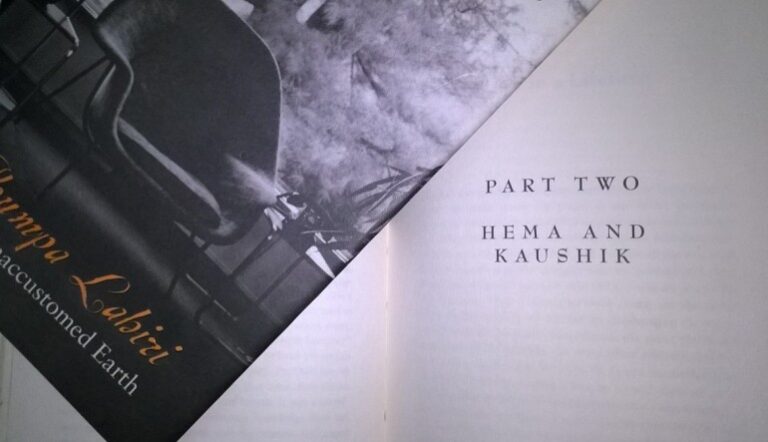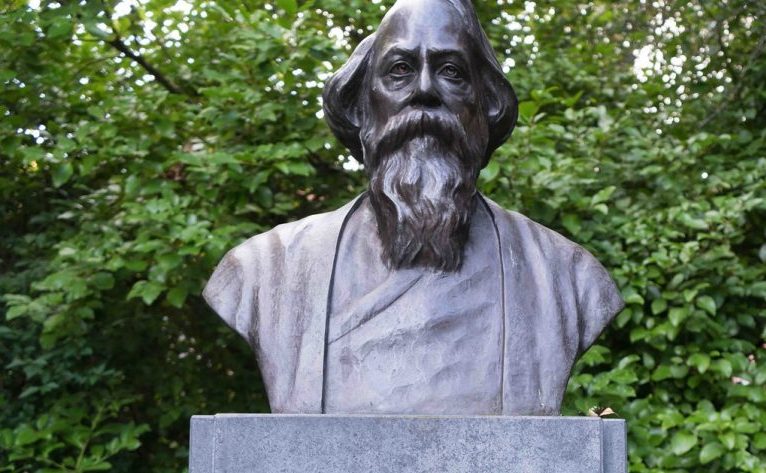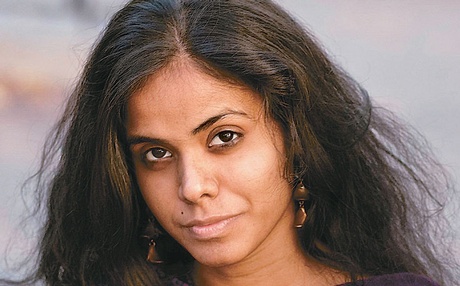Memory and Documentation in The Barefoot Woman and “Khol Do”
Two works explore violence against women in the midst of the Rwandan genocide and the Partition of India.

Two works explore violence against women in the midst of the Rwandan genocide and the Partition of India.

When I first read Pulitzer Prize winner Jhumpa Lahiri’s long short story “Hema and Kaushik,” I lived in suburban Mumbai, where I often sat in darkness by the window at night all by myself. In Koparkhairane, twenty-four miles from downtown Mumbai, power outages were common.

For a nonfiction food writer, the mango provides an endless mine of stories. For those living in Asia and immigrants in other countries, eating mangoes is so visceral, so memorable an experience that the significance of eating them often transcends mere flavor. Mango then becomes a metaphor.

I remember my first years in America from the early 1990s. I was a graduate student of journalism at the University of South Carolina, in Columbia, S.C., where I was still finding my feet in the U.S., full of wonder and curiosity—and apprehension. One semester at the university, after I enrolled for a course in…

You could visit India and never hear the name Rabindranath Tagore. In fact, if you don’t live in India, you may well have never known Rabindranath Tagore existed. But this was not always the case: recipient of the Nobel Prize in Literature in 1913, Rabindranath Tagore became one of the major influences in the formation…

Meena Kandasamy is a writer based in India and London. She writes poetry and fiction, translates, and often uses social media to discuss issues of social justice. She describes her own work as maintaining “a focus on caste annihilation, linguistic identity and feminism.” She has published two collections of poetry: Touch and Ms Militancy. Her…

What’s wrong with being raised by wolves? In Humanimal: A Project for Future Childen, Bhanu Kapil investigates “the true story of Kamala and Amala, two girls found living with wolves in Bengal, India, in 1920” (ix). But unlike a crowd drawn to witness a re-enactment, Kapil’s book instead involves “trying to see it” (17) and…

“Anthologists invariably make enemies,” Eunice De Souza notes in her introduction to Nine Indian Women Poets. This anthology is unlike most anthologies, as De Souza takes up her editorial role to rally against universality, mapmaking, and flattery. De Souza isn’t seeking to make enemies, but she realizes that all choices for anthologies suggest other choices:…

Indian bookstores come in wide varieties: street-sellers pitch copies of everything from tabloids to Freud, more upscale boutiques feature plastic-wrapped paperbacks in scholarly fields, and stuffed-to-the-brim cubicles at train depots deliver Swift’s Gulliver’s Travels beside worn editions of the Gita. But, without a doubt, I always came across copies of Vijay Seshadri’s 3 Sections. The…
No products in the cart.